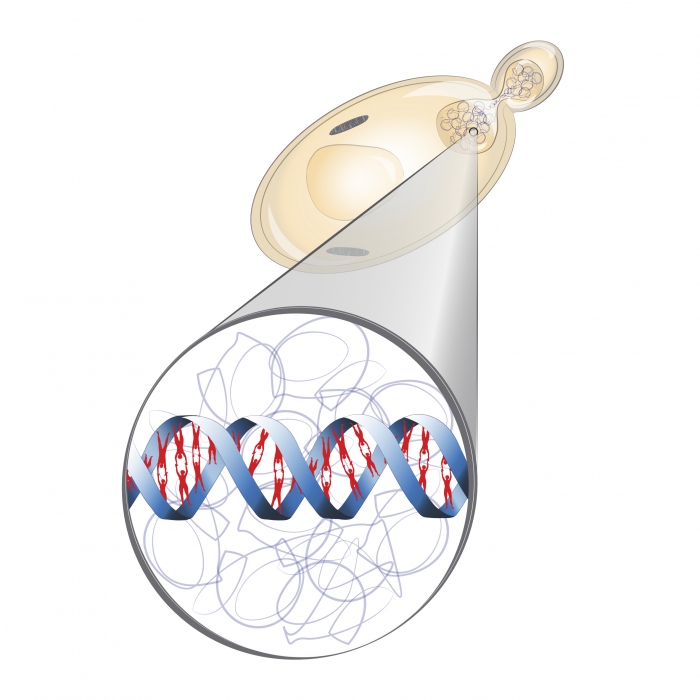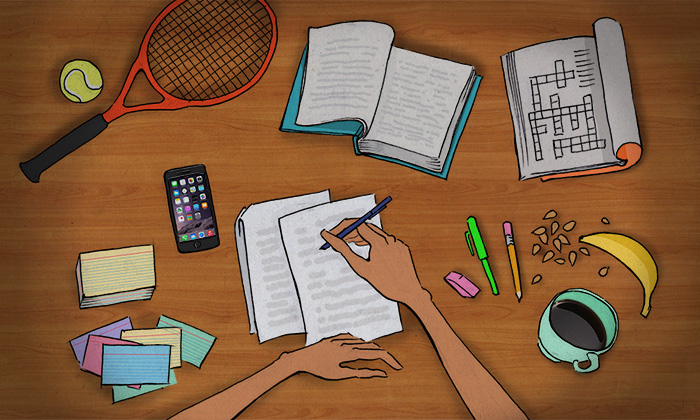Scientists Create New Tool to Study Emerging Materials for Spintronics

As traditional electronics begin to reach their physical limits of compactness and speed, scientists and engineers are looking for new ways to stay on track with Moore's Law. One possible solution is to develop spintronics, devices that use a property of electrons known as spin to represent the 0's and 1's in computers. A class of materials called topological insulators (TIs) might have the right properties for spintronics, but since they were discovered less than a decade ago, scientists still know little about their properties.
















 Despite a billion years of evolution separating humans from the baker’s yeast in their refrigerators, hundreds of genes from an ancestor that the two species have in common live on nearly unchanged in them both, say biologists at The University of Texas at Austin. The team created thriving strains of genetically engineered yeast using human genes and found that certain groups of genes are surprisingly stable over evolutionary time.
Despite a billion years of evolution separating humans from the baker’s yeast in their refrigerators, hundreds of genes from an ancestor that the two species have in common live on nearly unchanged in them both, say biologists at The University of Texas at Austin. The team created thriving strains of genetically engineered yeast using human genes and found that certain groups of genes are surprisingly stable over evolutionary time.










